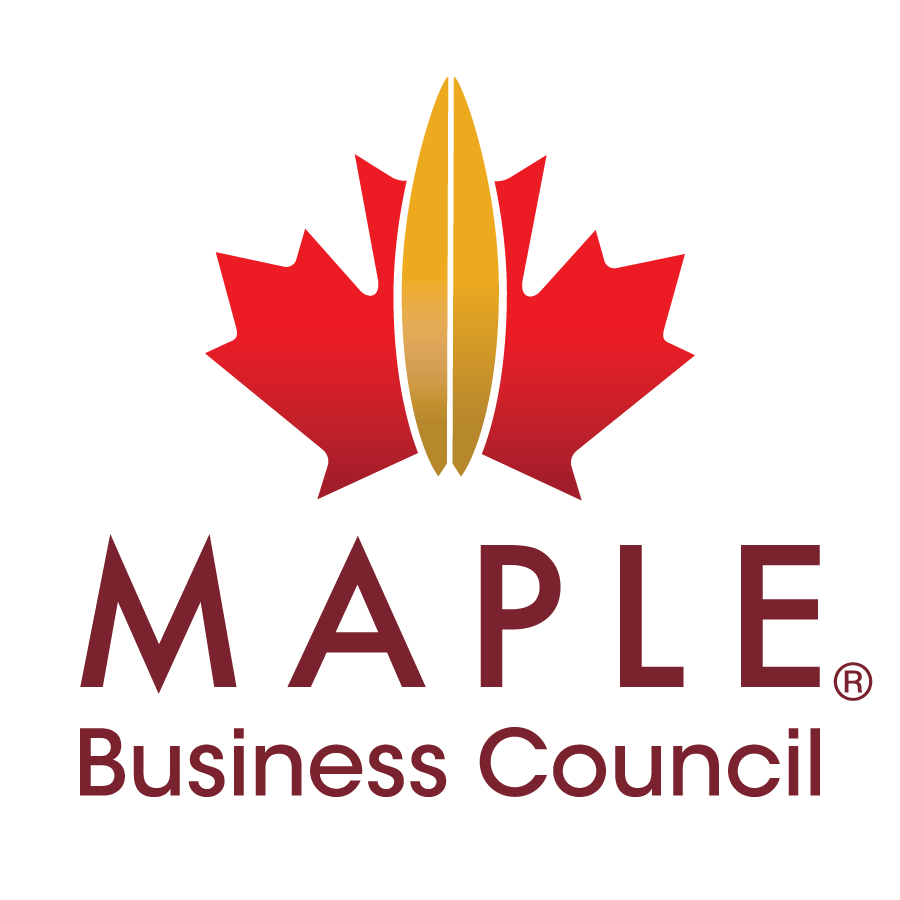Author: Jay Brahach , Account Executive & Currency Analyst , AFEX
Since the onset of the pandemic in early 2020, policy makers globally have been grappling with the dichotomy of keeping both the population and the economy healthy. Although preventing the spread of the virus has taken precedence overall, the world’s central bankers have had eyes firmly locked on their respective key policy goals. In most instances this involves a target inflation rate of around 2%, at least in the developed world, as well as a goal of full employment (albeit with less of a mandate to dictate policy).
Global economic activity declined by 6% in 2020, whilst unemployment across OECD countries rose from 5.4% to 9.2%. Lockdowns have resulted in labour force disruptions, particularly within the services sector leading to approximately 30 million workers being displaced across 2 months in the US alone. Supply chain disruptions on the other hand, have lead to soaring commodity prices and stunted delivery times. Lumber for example reached a high of $1,611 USD per tonne in May 2021 compared to around $350 USD in early March 2020.
At the onset of the Pandemic, both the Bank of Canada and the Federal Reserve slashed rates from 1.25% down to 0.25% in order to stimulate economic activity as much as possible. In addition to rate cuts, central banks responded by increasing their respective asset purchasing programmes, aimed at encouraging lending and investment. The European Central Bank introduced the Pandemic Emergency Purchase Programme (PEPP), in which it initially pledged €750 billion in asset purchases, which was increased to €1.85 trillion by the end of 2020.
Almost two years on, as vaccination rates continue to rise and economic activity begins to heat up, central bankers are shifting from a mindset of damage control, to pandemic recovery mode. It is a precarious path, riddled with shifting public policy and a virus which is still causing havoc across large segments of the global community. The question is, what is the best path forward, and who will set the precedent for the next round of policy changes?
In August 2021, South Korea (i.e., via the Bank of Korea) was the first major economy to make the decision to raise interest rates. This may in some part be due to the nation’s decisive action in dealing with the pandemic, which has led to a comparatively faster recovery. The Bank indicated that it was ready to raise rates to 0.75% back in May of this year, however a partial lockdown had delayed this by a few months. The need for this increase was largely down to rapidly increasing household debt, with the bank aiming to curb inflation. This is an interesting move as it may cause other central banks in the Asia-Pacific region to bring forward its rate increases, with the Reserve Bank of New Zealand expected to act next month (provided the economy remains open).
The ultimate barometer for global sentiment tends to be the USA’s Federal Reserve. As USD is the global reserve currency, the denomination in which 70% of world trade is conducted, policy which impacts the USD will almost certainly leads to implications for most of the world’s major economies. At the end of August 2021, the Fed Chairman Jerome Powell delivered the most anticipated Fed speech of the year at the annual Jackson Hole Symposium. When observing these comments, market participants tend to look for two things. When will asset purchases begin to taper, and when are interest rates expected to rise?
Powell expressed that although inflation was a worry in certain sectors of the US economy, it was a phenomenon which was vastly uneven. Durable goods and energy prices alone contributed 1.8% to headline inflation rates with the overall rate at 4.2% as of July. By the same token, prices for services such as hotel rooms and flights have fallen dramatically in that same time period. Powell referred to the inflation experienced as “transitory”, and as a phenomenon which is not an accurate depiction of economic health. Monetary policy takes around 18 months to filter through to the economy, so an ill-timed reactionary rate hike may have negative implications for the labour force in the longer term. Until the US economy reaches maximum employment, and long-term inflation has settled at around 2%, interest rates are unlikely to rise. Market participants have priced in a rate hike by the beginning of 2023, although inflation will be closely monitored in the interim.
From a Quantitative Easing perspective, Powell indicated that asset purchases may be reduced much sooner, potentially by the end of 2021 given strong employment data in July. This could however be hampered if the Delta variant continues to spread and should not necessarily be taken as an indication that interest rates will closely follow suit.
The Bank of Canada has almost echoed the Fed sentiment, taking a largely similar stance as of September 2021. At the beginning of the crisis, the Bank not only cut rates to 0.25%, but introduced an economic stimulus programme committed to purchasing around $5 billion of assets per week. This was cut to $2 billion in October 2020 as the economy had recovered somewhat, but GDP growth in the second quarter of 2021 was lower than expected, with the economy contracting around 1%. Because of the unpredictable nature of this crisis, forward guidance from central banks across the board has been vague, with no firm timeframe given for the ultimate reduction in this asset purchasing programme. The Governor of the Bank of Canada, Tiff Macklem, indicated that depending on economic data and inflation measures, Canada is moving toward a point at which the Quantitative easing measure will no longer be necessary, at which time interest rates will start to rise to combat inflation.
Canada is in a unique position, however, given that 75% of Canada’s exports are sold into the US. The Bank of Canada may not be willing to increase interest rates prior to the US, given the implications for Foreign Exchange markets. A rate hike would most likely make the Canadian Dollar stronger in relation to the US dollar, in turn making Canadian exports more expensive to US customers, not the most ideal outcome in the midst of a recovery.
The European Central Bank (ECB) has indicated as of September 2021 that it will start to taper its PEPP programme, with most market participants expecting it to end by mid 2022. This does not, however, negate its regular asset purchasing programme which was restarted in November 2019. Interestingly, within the European Union, there is an added constraint to this programme, as ECB holdings cannot be greater than a third of each member country’s debt. For Germany, the value currently sits at 30% of overall debt, leaving little room for policy manoeuvre. Moving forward the ECB has indicated that until the QE programme has been reduced to a comfortable threshold, rates will not begin to rise. As with the other banks, there is still ambiguity as to the timeframes evolved, falling back to the mantra of following economic data releases.
The Bank of England has been hit, not only by the effects of the pandemic, but also the economic implications of the Brexit vote. For example, supply chain disruptions experienced across the globe have been amplified by the added frictions caused by Britain’s exit from the EU. In September 2021, the Monetary Policy Committee was evenly split on whether minimum economic conditions had been met in order to consider interest rate hikes. The Governor of the Bank of England, Andrew Bailey, went as far as to say that he was one of the members in favour, although he did not yet think the economy had recovered enough to justify a rate hike. These comments have led market participants to believe that the UK may even precede the Fed in increasing rates, as early as Q4 2022. The bank expects inflation to jump to around 4% and seems willing to pull the trigger on any policy response. This is in conjunction with the reduction in asset purchase programme outlined in August of this year.
The discussion thus far has been focused on policy responses across developed economies. Developing and emerging markets have witnessed even more devastating impacts from the events of the last two years. Price increases have led to soaring annualized inflation rates with Brazil expecting 10.3% by the end of this quarter, 6.7% in Russia and 5.59% in India.
Whilst much of this inflation is similarly transitory in these countries, in practice, market participants do not behave in the same way. This is because in the real economy, inflation expectations are just as important as realised inflation. In G7 countries, it is generally assumed that despite high inflation during the pandemic, as the economy recovers, we will get back to normal inflation levels and price stability. In emerging markets however, there is a more recent history of high inflation leading to lower confidence, and in turn higher inflation expectations. As a result of this public perception, there is greater impetus for these economies to raise rates sooner. Brazil has already raised rates four times this year, whilst Russia, Mexico and Peru have also implemented rate hikes. Whilst these hikes are important to rein in inflation, there is a concern that it may slow down economic recovery in these regions. Price increases in these countries would also filter through to developed economies given the global nature of world trade, so they should not be ignored by the G7.
As we enter into the latter stages of 2021, it is clear that the majority of Central Banks across the world are pursuing a policy of asset purchase reduction and are signalling eventual interest rate hikes. The nuances arise when we consider the order in which these policies happen, as well as the timing for implementation. It appears there is reluctance from many bankers to commit to solid timeframes, as there is a consensus that the pandemic could yet throw up a number of curve balls. Compared to a pre-pandemic world, central banks have been less committed to long dated forward guidance and are more willing to change course based on current economic data, and the shifting winds of pandemic recovery.
For more information on the products and services of AFEX - Corpay, please visit https://www.afex.com/unitedstates/
Sources used in researching this article available on request.

